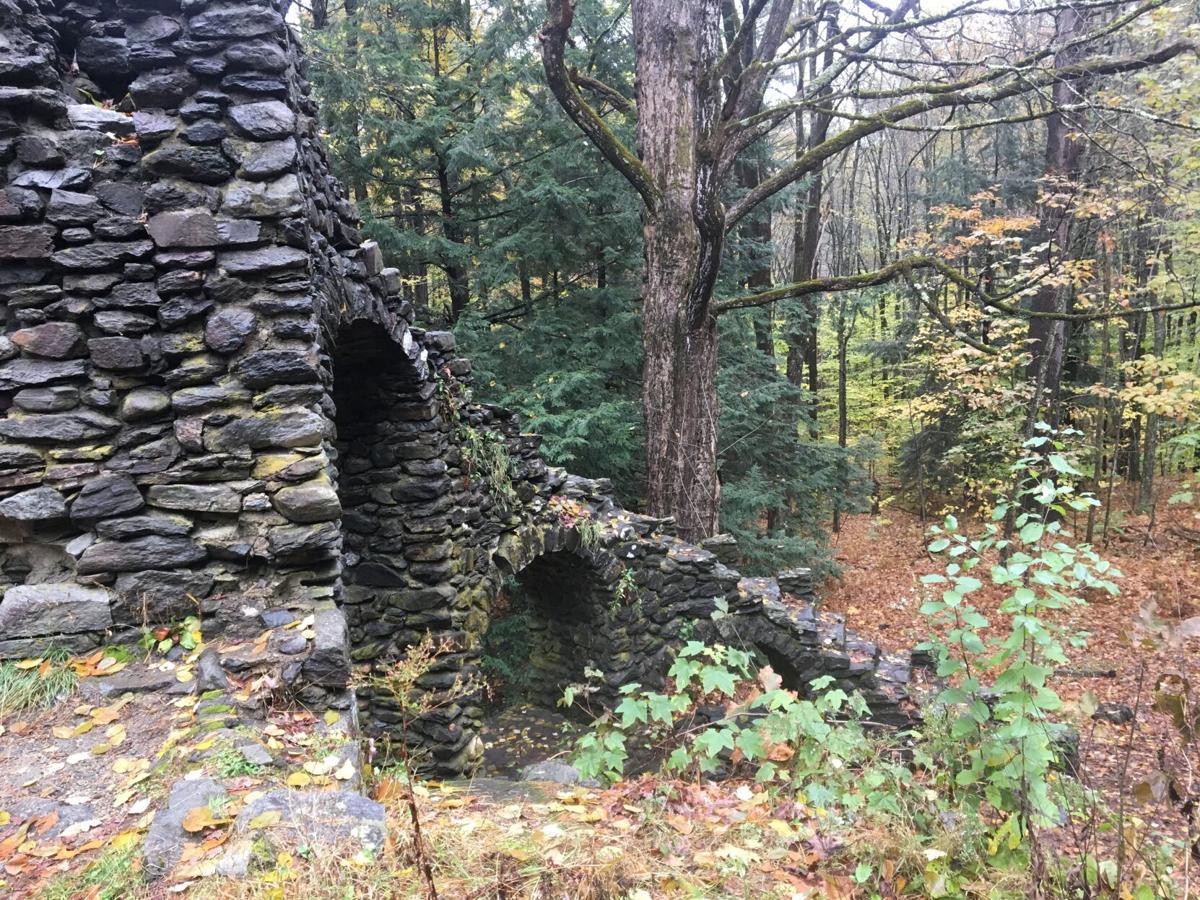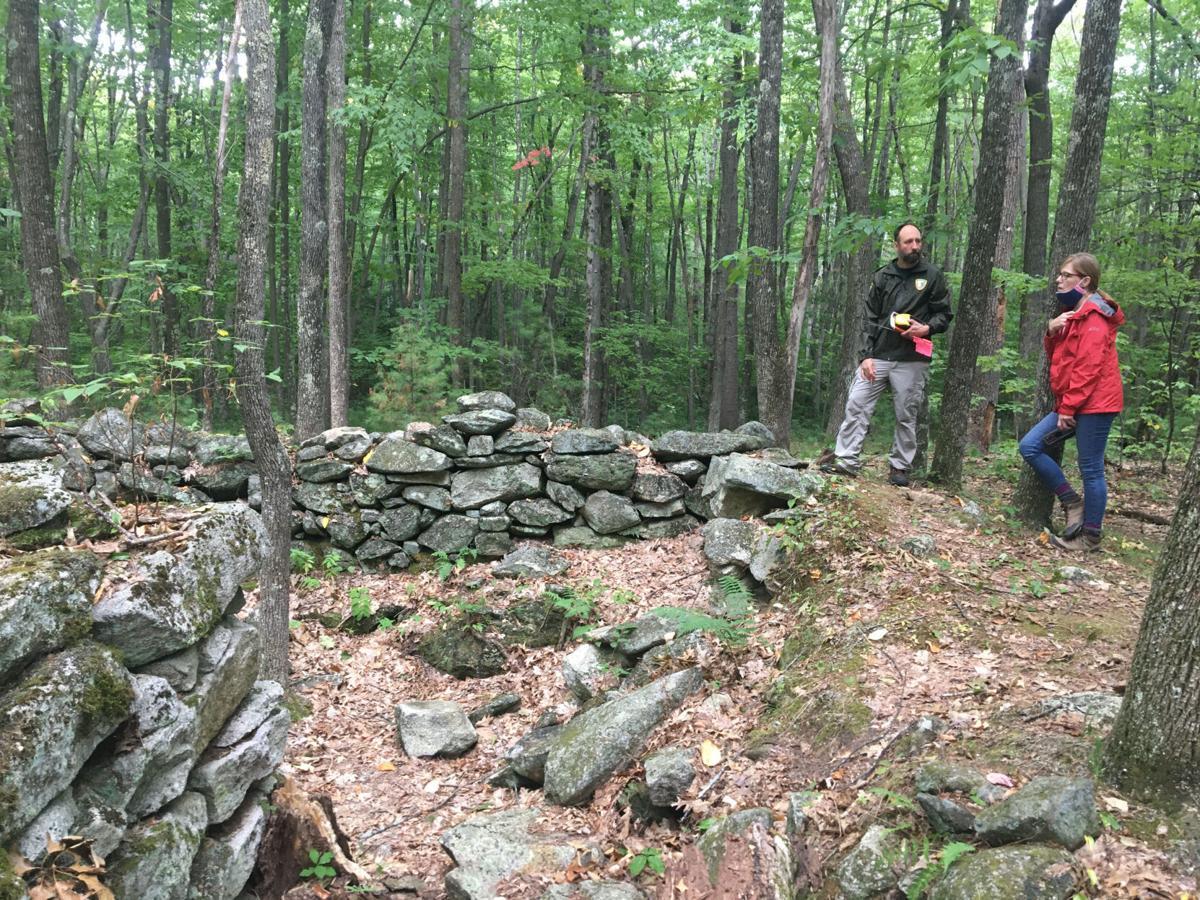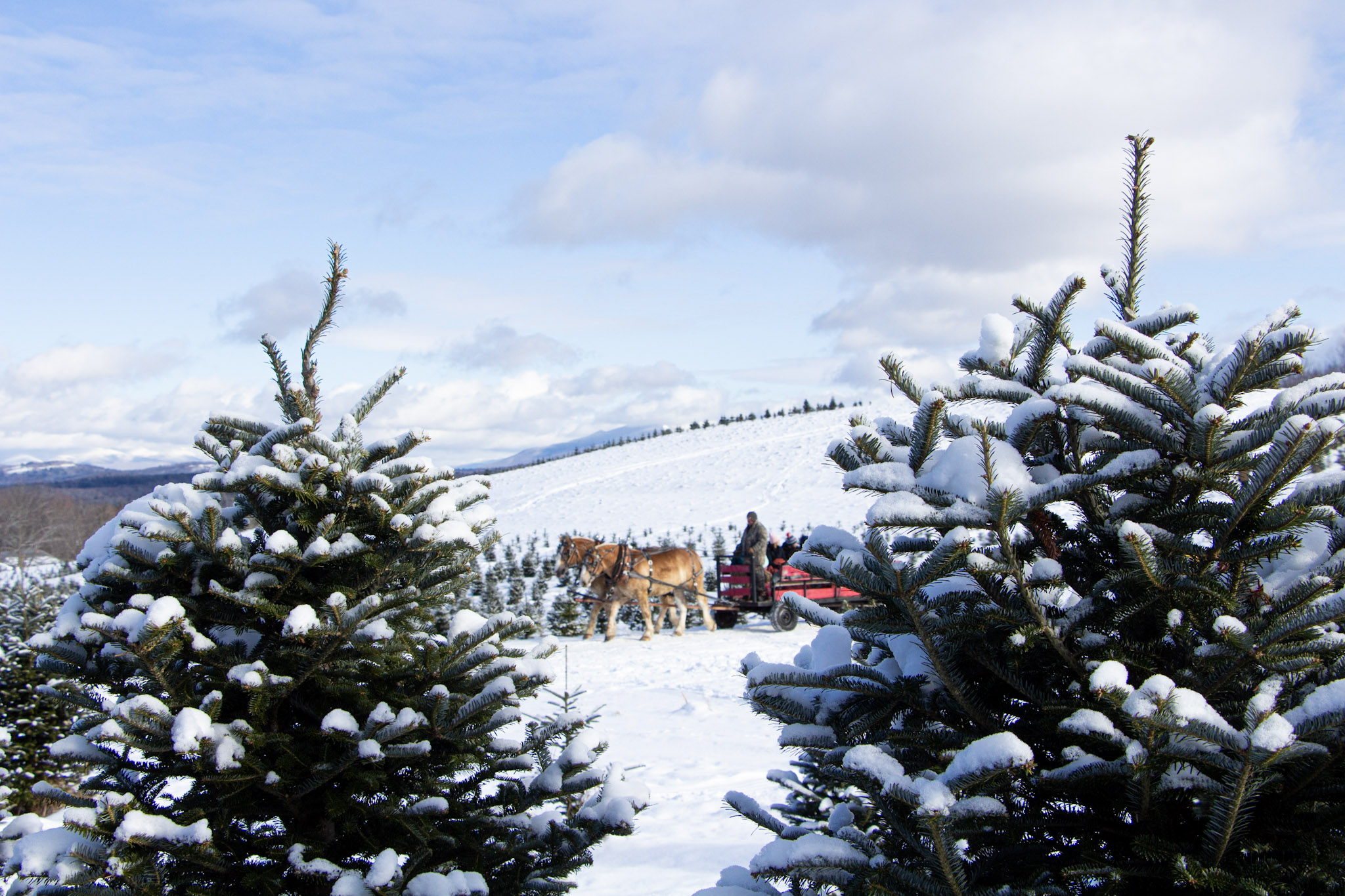
These stairs in the woods of West Chesterfield once led to Madame Sherri’s 15-room mansion, which was left vacant and eventually was destroyed by fire.
I recently found myself privy to a debate between two friends about the “safety of the woods.”
I listened with interest as one noted that there are far more potential hazards inside the home than in the woods when the other friend responded by asking, “Where do you think most horror films take place?”
I’ll grant that plenty of films have used the woods as their setting (and I know folks who saw “The Blair Witch Project” when it premiered whose view of the woods was altered for a time), but here in the real world of an October in New Hampshire, are the woods actually scary?
Now, while safety on the trails (preparedness, awareness, respect — principles of Leave No Trace and New Hampshire’s own Wildly Responsible campaign) is one thing, scary requires different guidance altogether, so I reached out to Marianne O’Connor, author of “Haunted Hikes of New Hampshire,” to set the table for us.
If one wanted to look for a scare, I asked O’Connor, what makes a “good” haunted hike?
“Land conservation trusts often make for great places to find a ‘haunted hike,’” she said. “There’s deep rooted histories. Wherever people and place connect, there are histories in the land.”
She adds, “The one I’ve visited most is the Madame Sherri Forest in West Chesterfield. Something magical always happens whenever I visit”.
French-born Antoinette De Lilas (later changed to “Sherri”) was an actress-turned renowned costume designer and socialite who amassed a fortune in New York City in the 1920s and ’30s. After spending summers with friends in New Hampshire, she purchased farmland in the small town of Chesterfield in 1930 and built an elegant 15-room estate, where she threw lavish parties.
Sadly, Sherri’s finances declined in the decades that followed, and the home fell victim to vandals and eventually a fire took most of it in 1963.
What remains of the home are several examples of stonework from the original structure including a winding granite staircase referred to as “The Stairway to Heaven.”
In her book, O’Connor writes, “Some say that touching the stones will elicit faint sounds of ghostly waltz music,” and “There are reports that a shimmering specter of Madame Sherri can be seen gliding down the stone staircase…to greet her guests.”
In the introduction to O’Connor’s book, Dave Anderson, senior director of education for The Forest Society, wrote, “We support connecting residents with a strong sense of place, which, with time, becomes the basis of a land ethic that grows with every hiking experience. Learning about local history, legends and lore — even the creepy, scary, or bizarre stories you may never have heard before — is a vital aspect of forest preservation.”
One stunning example of the deep history of our New Hampshire woods is Monson Center in Milford. This 269-acre parcel, saved from development in 1998, is considered an archaeological treasure.

“My favorite Forest Society property is Monson,” O’Connor said. “(It) is truly a special place for anyone who has visited. Steeped in Colonial history, the lost settlement (is) a true ‘ghost town.’”
Originally part of the Massachusetts Bay Colony, the land and its people found themselves in New Hampshire when the state lines were drawn in 1741. Monson was incorporated in 1746 as the earliest inland settlement in the state. Less than 30 years later, in 1770, the town’s land was divided between the remaining families and the village disbanded.
Many of the stone foundations of the original structures remain today and can be found dotted along an easy 3-mile trail with signs marking the sites and the settlers who once lived there.
Is it haunted? O’Connor writes, “Strange and unusual phenomena have been reported: some have heard drums beating and seen flashes of light through the woods. Perhaps it’s the cry of lost souls searching for their final resting spot.”
As we wrapped up our conversation, Marianne told me she enjoys exploring these places and the stories associated with them because “I know that children have this appreciation for the outdoors and if we can tell them more about what’s happened here in this place they’ll have more of an interest in it and want to keep it preserved”
As I explore The Forest Society’s extensive network of properties, I’m most drawn to historic features — a crumbling stone wall, a cellar hole, former orchards, old train tracks — all signs of the lives that passed through these same places generations before. As both O’Connor and Anderson noted, beyond the sensory intake of the colors, smell, and feel of a hike in autumn, it is our connection to the history of these lands that make us feel more deeply about protecting them for future exploration.
So, are the woods inviting? Yes. Full of rich history? Indeed. Curious, and maybe even spooky? If given the right setting! But scary? I think that argument was over before it really began.
If you want to learn more about Marianne O’Connor’s book, she has several public events in the weeks ahead:
- Thursday, Oct. 30: Richard’s Free Library in Newport, 6 p.m.
- Thursday, Nov. 13: Silsby Free Library in Charlestown, 5:30 p.m.
- Wednesday, Nov. 19 at the Litchfield Public Library in Litchfield, 6 p.m.
